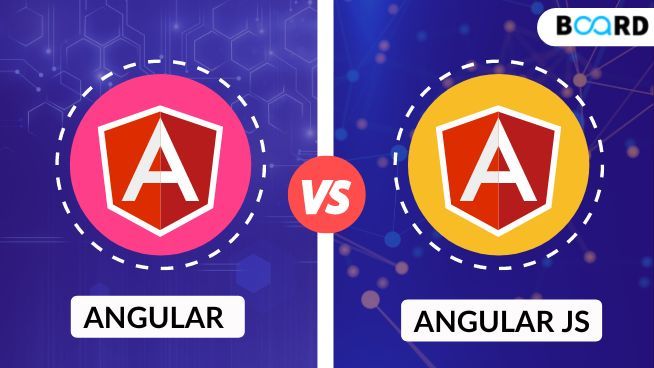Mastering Front-End Development: Trends, Tools, and Techniques
Angular Vs. AngularJS: The Difference Between Angular & AngularJS

For front-end developers, Angular is a popular open-source framework for building web applications. Someone choosing to use Angular gets two options: the choice between Angular and AngularJS. So, let's start with understanding what Angular and AngularJS are.
1. What is Angular?
Angular is a front-end, open-source JavaScript framework written in TypeScript. Google maintains Angular and provides strong standard back-end support for developers to work within it. Angular uses HTML syntax to define the components of the program clearly. It helps developers to build large applications in a maintainable and feasible manner. Angular has come with the core functionality moved to different modules. That is the reason it is faster and smoother than the older one. It has a newly added angular CLI and a new command-line interface.
2. What is AngularJS?
AngularJS is a JavaScript-based front-end open-source framework and is mainly used to develop single web page applications. It helps enrich the static HTML to the dynamic HTML. It extends the existing HTML by providing different directives. The latest stable version is 1.7.7. It has features like dynamic binding and dependency injection that help eliminate the need for code that otherwise had to be written ourselves. AngularJS extends HTML attributes with Directives, and the data is bound using HTML.
Differences between Angular JS and Angular
The table below shows a few major differences between AngularJS vs Angular:
Conclusion
Angular and AngularJS are different, but each has advantages of its own. Both frameworks are maintained by Google, so there is considerable community support. Weighing the pros and cons according to your needs, you can decide which is better for you.
To learn about AngularJS, check out Board Infinity's AngularJS course, a 20-hour course designed for beginners that provides you with an AngularJS certificate upon course completion.
